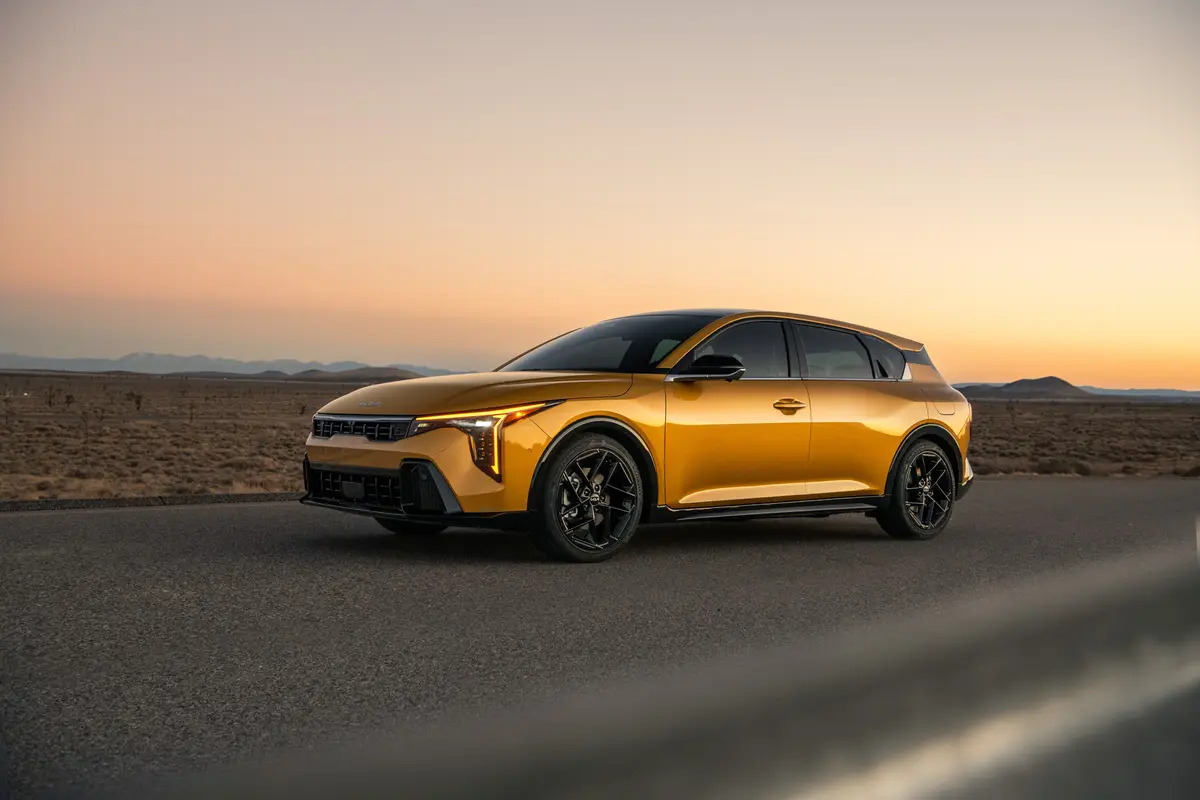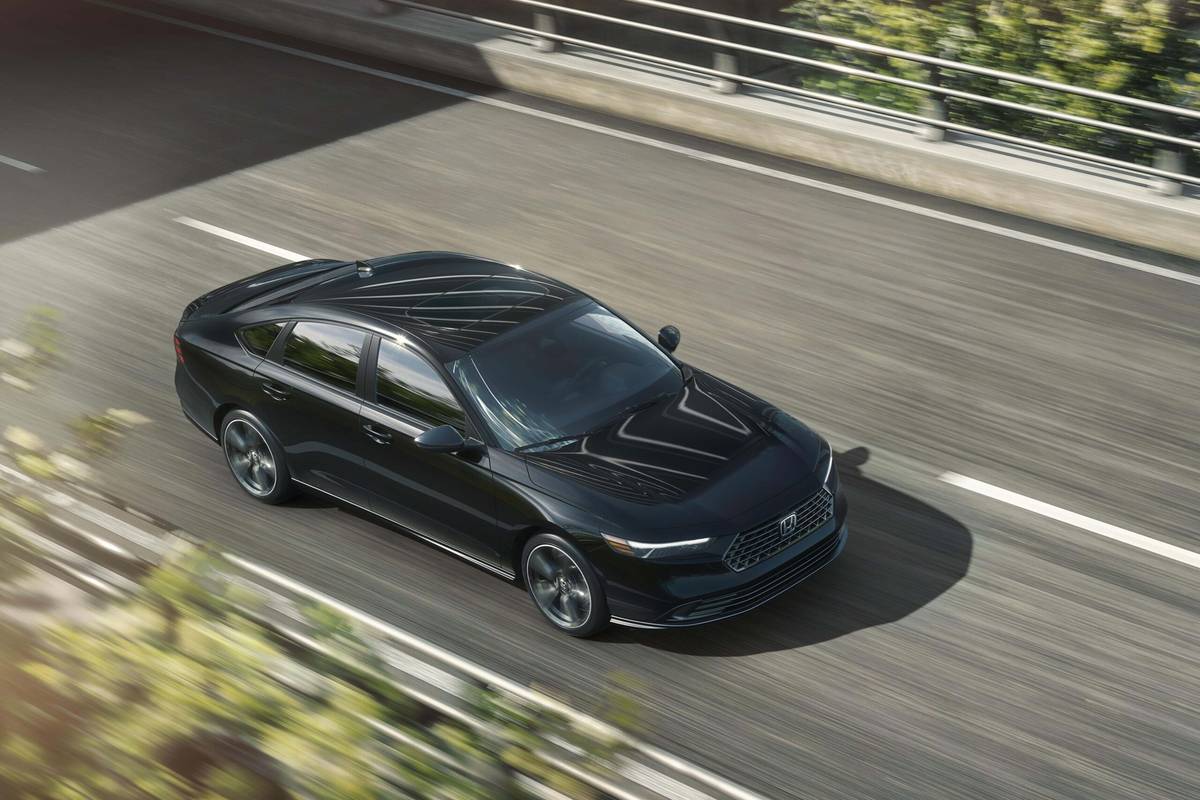The Morning Call and Mcall.com's view
Pickup trucks have always looked like, well, pickup trucks. There’s a hood in front for the engine, a cab in the middle for the passengers and a box in the back for the payload. Despite these limitations, more aerodynamically styled pickups have been showing up in the marketplace lately.
The latest is the 1988 Chevrolet full-size pickup, a vehicle new from bumper to bumper and rails to roof, and, if you want to take Chevy’s word for it, the first all-new full-size pickup to appear on the American scene in more than a decade.
But new design or no new design, there will be no mistaking this vehicle for anything but a pickup truck. Again the limitations imposed on this vehicle’s purpose come into play. Or, if you want to get a bit pedantic about it, form once again follows function. And why shouldn’t it? After all, we have a vehicle designed primarily for work purposes. So what if many will be used for personal transportation? Once you pay for it you can do anything you want with it. Within legal limits, of course.
The test vehicle (supplied by Bennett Chevrolet, 2300 Hanover Ave., Allentown) was the most popular version of the new pickup line – a half-ton C1500 series Fleetside with an 8-foot box. This particular model is expected to account for one of every three of new pickup sales, which will be a considerable amount since Chevy expects the new pickup line to account for 1/ 2 million sales per year once full-production is reached. (The Chevy pickup is the highest volume vehicle in the General Motors lineup, accounting for almost 450,000 sales in the 1986 model year.)
The new pickup has a wheelbase of 131.5 inches, overall length of 194.1 inches, width, 76.7 inches, and height, 70.4 inches. The wheelbase is the same as the ’87 Chevy pickup but the new model is slightly longer and lower. And even though it is 3 1/2 inches narrower in width, the interior provides more leg and shoulder room and seattravel. The bench seat is quite roomy and can hold three big men without anyone being crowded. Seating is somewhat upright because of the position of the seatback. No better, no worse than other pickups with regular cabs and bench seats. The seatback does move forward to provide access to the small storage area behind it.
Helping to make this truck more livable are larger doors that extend upward into the roofline and downward nearly to the bottom of the rocker. The larger doors, together with the lower step-up height and higher head room, provide ease of entry and egress and should be especially appreciated by women. One thing about the new design, which I don’t think will be appreciated by anyone, is that the vent windows are eliminated. Chevy says this was to reduce wind noise but more likely it was to reduce costs.
Since it is a pickup, the box is an important part of this vehicle. As mentioned, it is 8 feet long. It measures 49.15 inches between the w heel wells and 63.8 inches between the side panels. This means it is wide enough to accommodate 5-feet wide building materials above the wheel wells. The all- welded construction box has a seamless floor without bolts to improve corrosion resistance. The tailgate opens easily and closes flat. It also can be removed entirely.
The gross vehicle weight (GVW) of the test vehicle (and other similarly equipped C1500s) is 5,200 pounds. The gross combination weight rating (includes truck, trailer, passengers, cargo and equipment) for this series ranges from 7,500 to 12,000 pounds. Depending on engine, transmission and axle ratio. For example, the test vehicle with its 4.3-liter/262-cubic-inch V-6, three-speed automatic and 2.73 axle ratio had a rating of 7,500 pounds. All the way up the scale at 12,000 pounds is a C1500 with 5.7-liter/350- cubic- inch V-8, four-speed manual transmission and 3.73 rear axle ratio.
Driving the Chevrolet pickup should not present an problems. Even though it is a little lower than t he previous model, it is still higher than any car and overall visibility is excellent. Standard power steering and power brakes eliminate the need for muscle, and if you can’t shift, you can get an automatic like the test vehicle. The longer wheelbase, of course, provides for a better ride, along with the independent coil spring front suspension. Like every other full-size pickup, the rear features a solid axle. This year, two- stage, multi-leaf rear springs are 25 percent longer to decrease stress and improve the ride, empty or loaded.
The best feature, no doubt, is the new rear wheel anti-lock brake system that is standard on all models. The system is designed to reduce rear-wheel lock-up during severe braking applications, regardless of weight differences, over the rear axle. Anti-lock braking systems started out several years ago as a feature on only very expensive German cars. Today more and more cars are using this system but it is fairly new on trucks. In fact, Chevrolet is only the second pickup manufacturer to offer the system (Ford was the first with its 1987 model year pickups.)
The test vehicle, as mentioned, was powered by a 4.3-liter/262-cubic-inch V-6. This big six-cylinder engine features roller valve lifters and electronic fuel injection and is rated at 160 horsepower at 4,000 rpm and 235 foot pounds torque at 2,400 rpm. The engine supplied plenty of power for all Lehigh Valley driving conditions. Fuel mileage proved to be decent for a full-size pickup. The test vehicle averaged 14 miles per gallon for city driving and 18 miles per gallon over the highway. Giving the test vehicle a good deal of range, was the optional 34-gallon fuel tank. The first time you fill up one of these, you probably will be in for a surprise. The gasoline just keeps going in and in and in. The tank is located between the frame rails and includes a plastic shield on the lower half of the tank to protect against impact from rocks and stones.
Optional engines offered in 1500 series pickups are the 5-liter/305-cubic- in ch V-8 and the 5.7-liter/350-cubic-inch V-8. The 305 is rated at 175 horsepower at 4,000 rpm and 270 foot pounds torque at 2,400 rpm, and the 350 produces 210 horsepower at 4,000 rpm and 300 foot pounds torque at 2,800 rpm.
Base price on the test vehicle is $9,531. The full price, including a designation charge of $525, came to $12,384. Options included the automatic transmission, $565; tinted glass, $48; intermittent wipers, $59; speed control, $205; 34 gallon fuel tank, $56; custom steering wheel, $28; tilt steering, $121; auxiliary lighting, $102; ETR AM/FM stereo, $333; cigarette lighter, $25; chrome rear step bumper, $229; volt, oil and temperature gauges, $42; Scottsdale equipment, $353; outsider mirrors, $87, and rally wheels, $75.
Latest news



